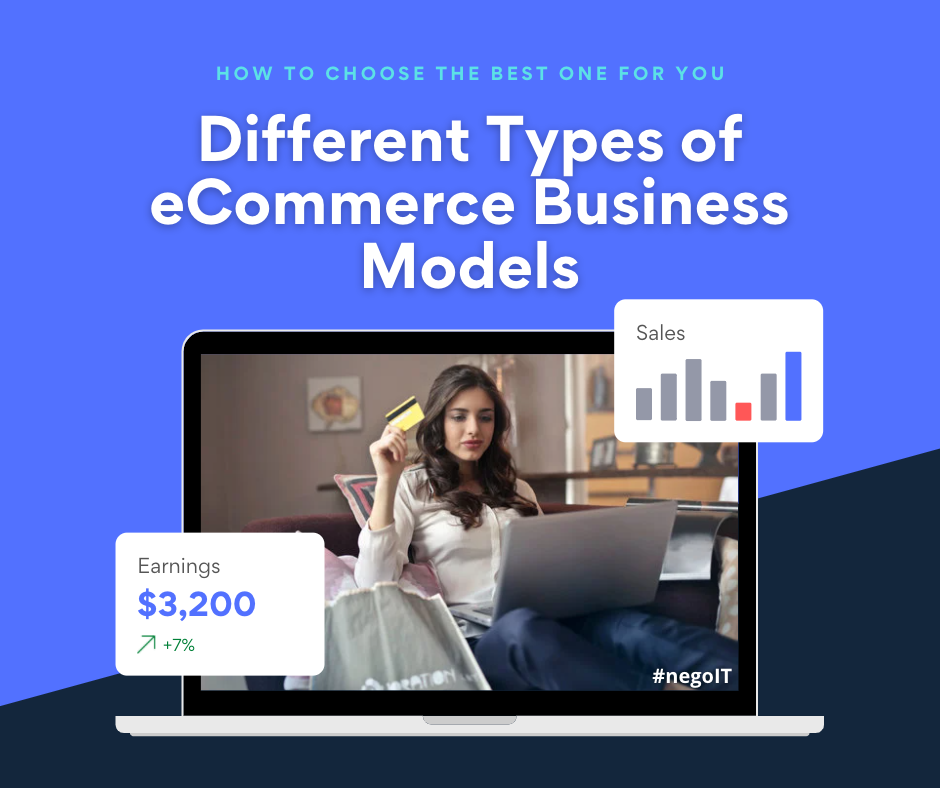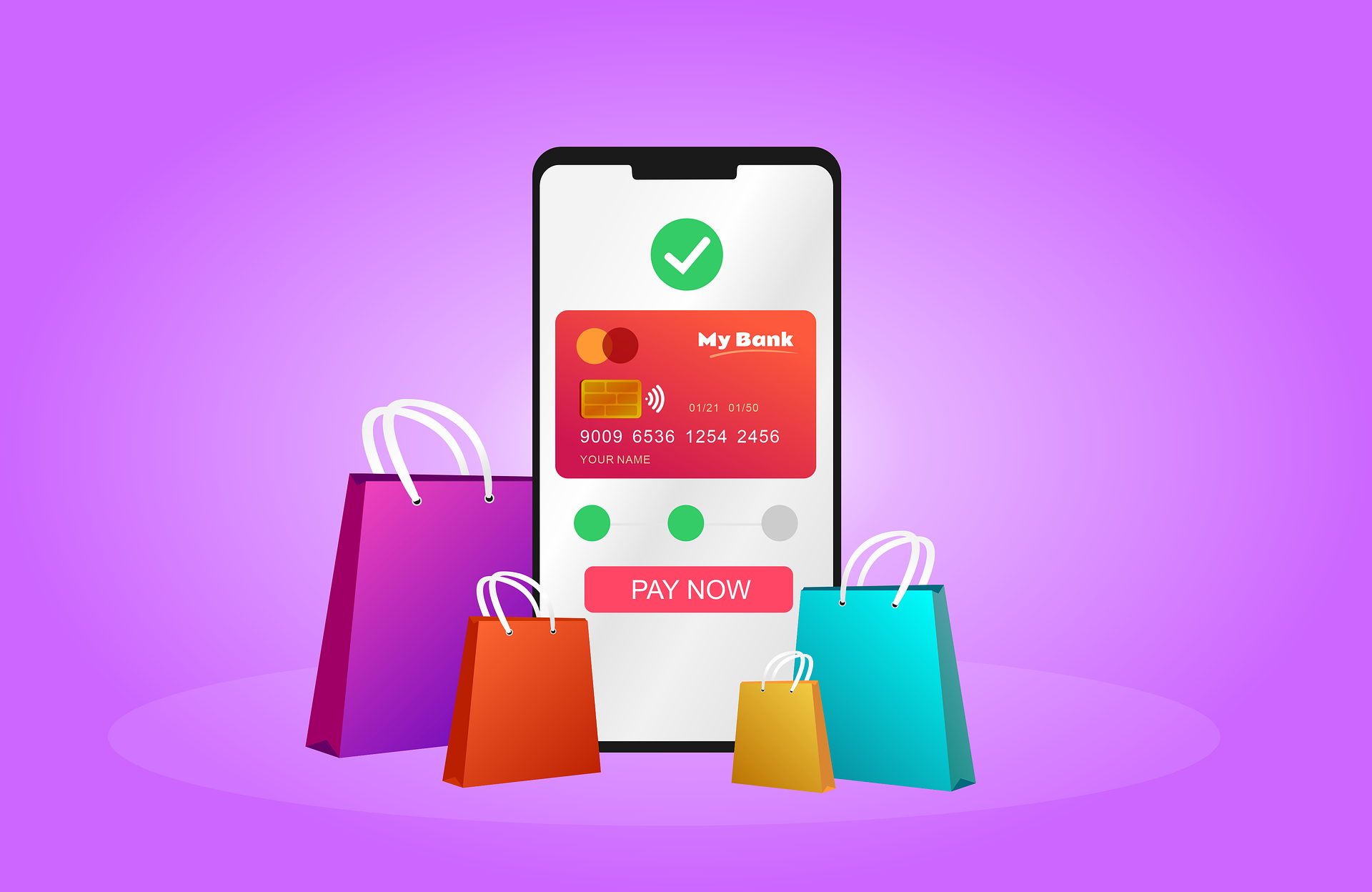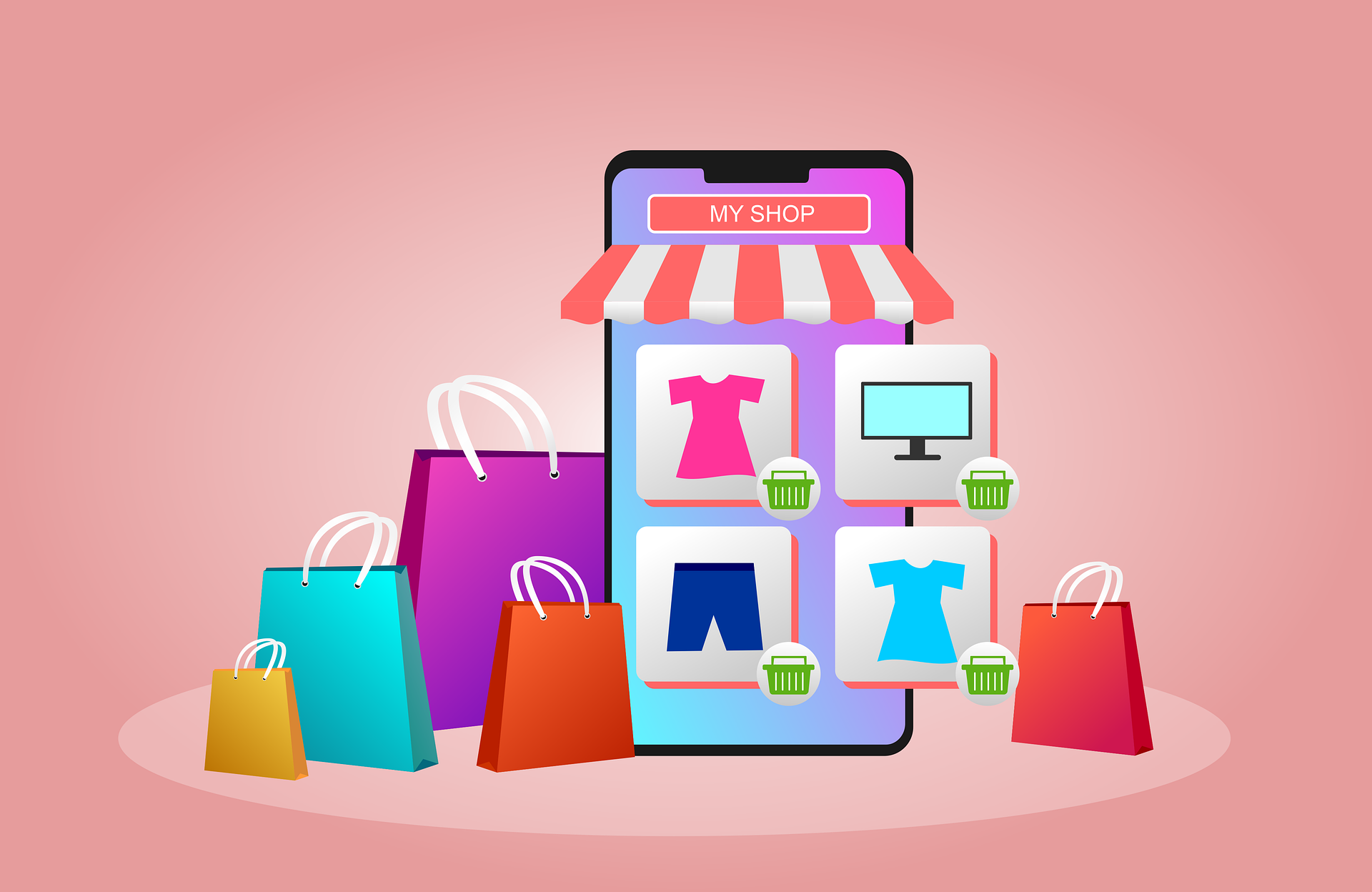
Back in the day, how did you receive your clothes and groceries? What method did you use to get new furniture into your apartment? What did you do?
Innovative eCommerce enterprises have redefined what is possible and changed the way we shop today.
In 2013, eCommerce accounted for 6% of retail sales[1] in the United States; by 2017, it had risen to 9%. Experts expect that by 2021, eCommerce sales will account for 14%[2] of overall transactions in the United States.
E-commerce, as we all know, is any transaction that takes place over the internet. It's as simple as that: you buy goods and services online.
In the context of self-isolation, e-commerce is more than just a convenient option. When you start an e-commerce firm, you want to do more than sell products; you want to advertise your company creatively and effectively. Learn more about online business promotion in this article. And advantages of each model.
You may have observed that platforms that sell online store tools try to persuade you that a full warehouse is all you need. This is partially correct. To begin selling online, one must first decide on a business concept. The laws remain the same, even if new e-commerce solutions are introduced regularly.
So, what are the different types of e-business models? Continue reading for examples of different sorts of e-commerce.
01 - B2B — Business to Business E-Commerce
A B2B eCommerce business strategy focuses on delivering products from one company to another. Nonetheless, many businesses in this sector are service providers. For example, there are software development firms, contact centers, human resource firms, accounting and bookkeeping services, etc.
B2B is one of the most popular eCommerce business concepts. The buyer in B2B can be the end-user. Nonetheless, the buyer frequently resells the purchased goods to another consumer.
Alibaba is a prime example of such an e-commerce business model, as it allows sellers to sell goods on their platform under certain restrictions.
Furthermore, because B2B platforms interact closely with the business environment and are geared toward long-term connections, they necessitate more significant investments and support than the B2C model.
the primary advantages of B2B eCommerce
More customers,
greater efficiency.
A B2B eCommerce platform enables your company to expand and scale successfully.
Increased brand awareness
Outstanding customer service
02 - B2C — Business to Consumer E-Commerce
The name of this model speaks for itself. This business model is described in detail in the opening paragraph of our article. When you go shopping for a new pair of pants, you are engaging in a business-to-consumer interaction. You, the customer, purchase a business, namely a clothing store.
What are the advantages of business-to-consumer eCommerce?
Transactions are completed online, which is a cost-effective way.
Customers and visitors might provide you with helpful information.
Because a physical place does not bind your eCommerce firm, you will have additional business opportunities.
At each stage, there are examples of this business model. These are either entirely online stores, such as desire, or businesses represented both online and offline, such as Sephora and Nike.
However, when it comes to e-commerce, B2C isn't only about products: it's also about services. The goal of today's native advertising and mobile applications is to promote services to consumers.
03 - C2B — Consumer to Business E-Commerce
Things are getting more fascinating now. When we discuss different sorts of e-commerce, the C2B or Consumer to Business model is not the first thing that comes to mind. C2B refers to a consumer selling goods or services to businesses. C2B differs from standard eCommerce business methods.
Upwork and Fiverr are two excellent examples of C2B eCommerce. Individuals specializing in specific fields can use this platform to sell their skills to businesses. Because many organizations worldwide employ outsourcing services to improve their outcomes or find collaboration with freelancers useful, the C2B eCommerce kind of business will continue to grow in popularity.
The Advantages of B2B eCommerce
expanded market reach
A greater understanding of consumers and their requirements
A more approachable and friendly tone that favorably influences the sales process
04 - C2C — Consumer to Consumer (Customer to Consumer) E-Commerce
The goal of C2C e-commerce is to facilitate transactions between two end-users. Its primary function is to connect two private parties. Such an encounter could take place on platforms such as eBay, auction websites such as Craiglist, and others. Intermediary websites that allow the placement of advertisements may collect fees for providing a platform.
The ultimate purpose of C2C eCommerce is to bring buyers and sellers closer together and make their transactions more accessible.
The Advantages of C2C eCommerce
Sellers can reach a vast audience.
Lower prices and greater price flexibility
Buyers will feel more at ease.
Different sorts of income models for eCommerce businesses
Before deciding on an eCommerce income model that works for you, you should investigate each choice and understand what it entails. The following are examples of eCommerce revenue models:
Dropshipping
Wholesaling and warehousing
Private labeling
White labeling
Subscription model
If you want to create your retail firm, what company type should you choose? Regardless of which company model is selected, the essential advice remains the same. First, it's to figure out what people want and what's going on in the market. Then, keep an eye on your competitors while sticking to your company plan.


We hope that by understanding these e-commerce models, you will be more confident and booming. It's helpful to know how things function in the end, whether you're a founder or just curious.
[1] https://www.statista.com/statistics/379112/e-commerce-share-of-retail-sales-in-us/?_ga=2.222972891.1745961323.1637640795-2039837578.1637640795
[2] https://www.statista.com/statistics/379112/e-commerce-share-of-retail-sales-in-us/?_ga=2.222972891.1745961323.1637640795-2039837578.1637640795



There is no any comment yet! Be the first!